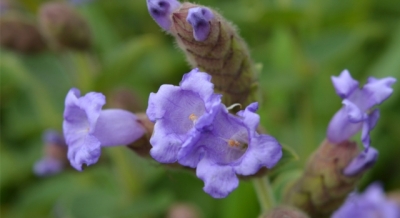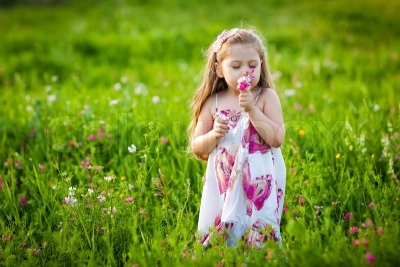Why does neelakurinji flower only once in 12 years?

The lifecycle of plants differs from species to species. There are those that complete their lifecycle in one year (called annuals) and those that live for more than one year, flowering once or many times in their lifetime (perennials)
Those that flower only once, produce seeds and die. The next generation of the plant is established from these seeds and the cycle gets repeated. Such plants are known as monocarpic. (Whereas polycarpic plants are those that flower many times during their lifetime.) Kurinji is monocarpic. Monocarpic plants flower only on attaining maturity. The time taken to mature varies for different species of kurinji. So, different species of kurinji have different intervals of flowering too.
Neelakurinji matures in 12 years time and flowers every 12 years. That is, it takes another 12 years for the seeds to sprout and grow 30 to 60 centimetres high for another glorious bloom. Each shrub reproduces once in its lifetime and dies after flowering.
India is home to nearly 46 species of kurinji, with most of them showing an unusual flowering behaviour, varying from annual to 16-year blooming cycles.
Picture Credit : Google
